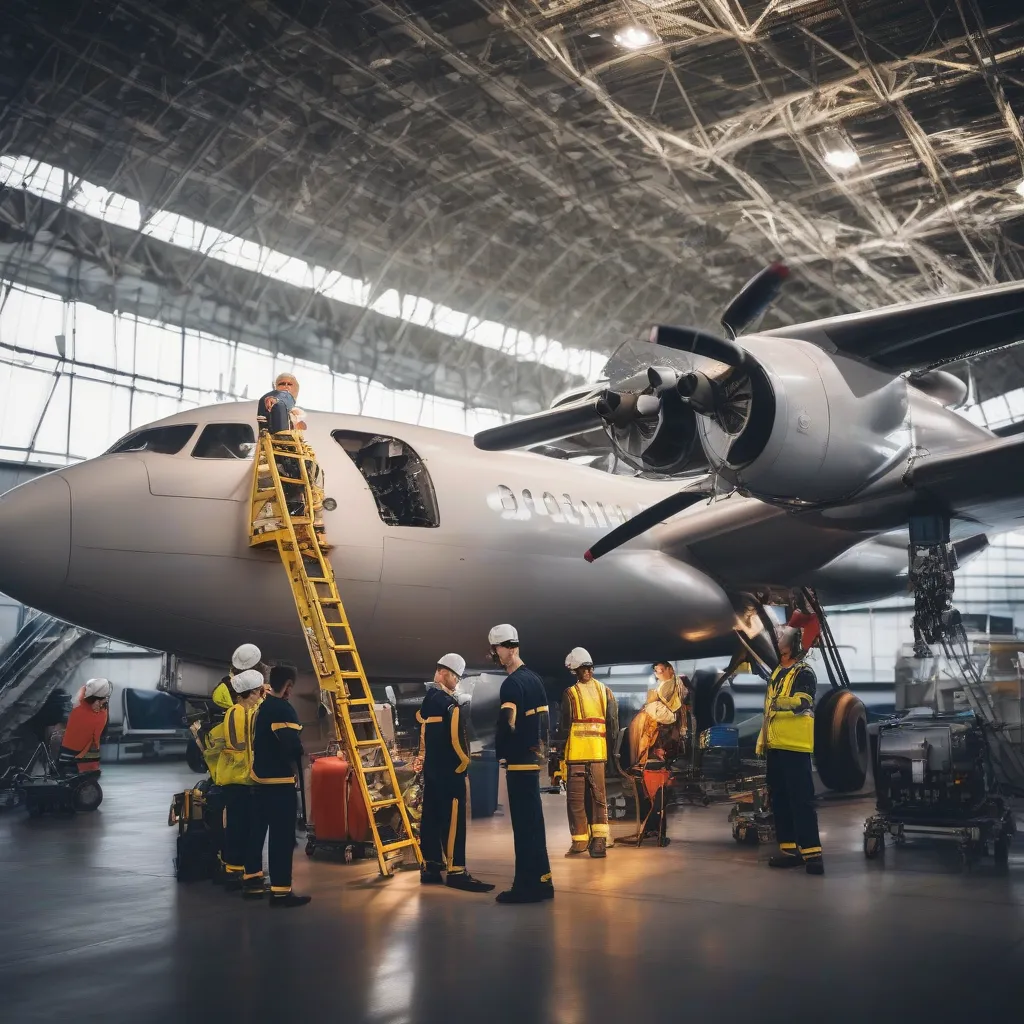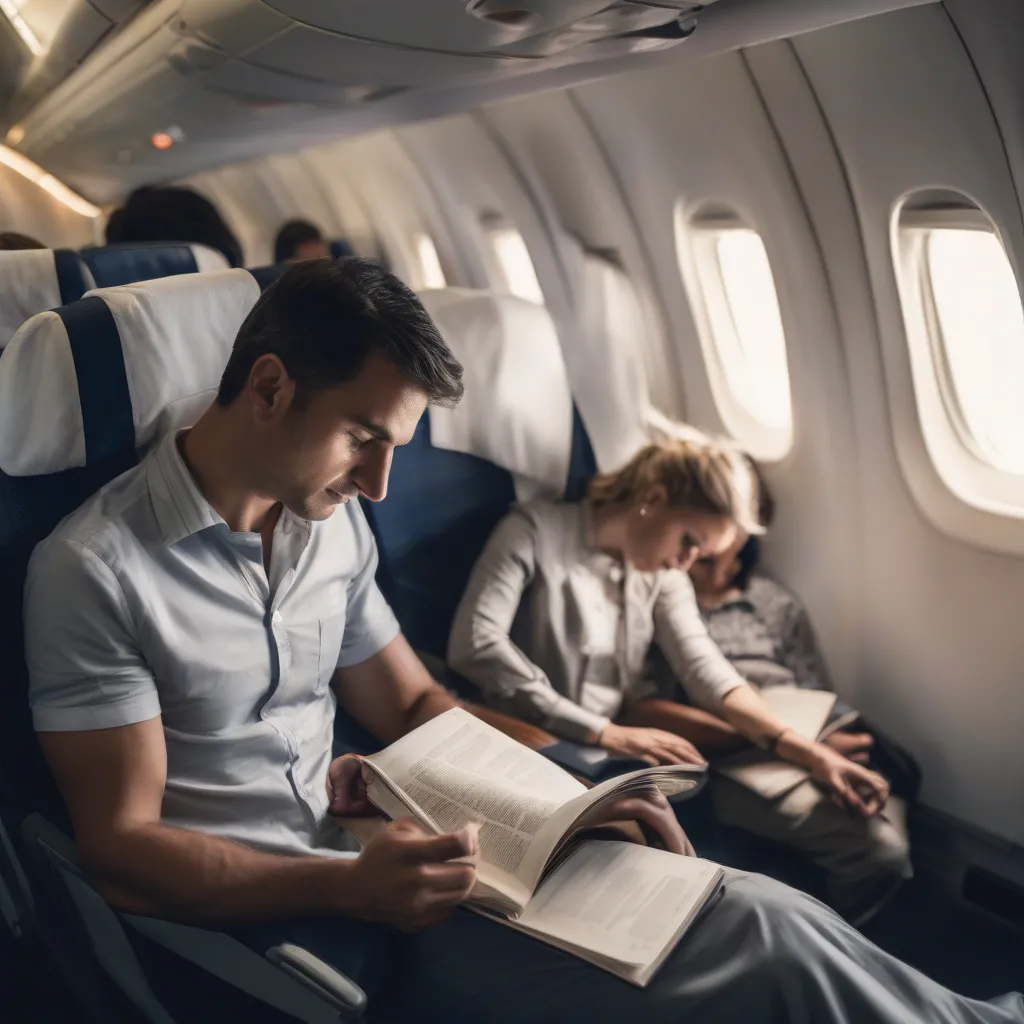Have you ever stood at the edge of an airport viewing platform, gazing up at a jumbo jet soaring into the clouds, and wondered, “How is something that massive even capable of flight?” It’s a question that has captivated humanity for centuries, and the answer lies in a fascinating blend of physics, engineering, and meticulous safety protocols.
While it might seem counterintuitive, countless studies and statistics have proven that air travel is actually the safest mode of transportation available today. But what exactly makes it so safe? Let’s delve into the intricate world of aviation and uncover the reasons behind its remarkable safety record.
A Symphony of Science: The Physics of Flight
Before we can understand the safety of air travel, it’s crucial to grasp the fundamental principles that allow airplanes to defy gravity in the first place. Here’s a simplified breakdown:
- Lift: This upward force counteracts gravity and is generated by the shape of the airplane’s wings. As the plane moves forward, air flows over the curved upper surface of the wings, creating an area of low pressure. The higher pressure underneath the wings then pushes the plane upwards, generating lift.
- Thrust: This forward force propels the aircraft through the air and is typically generated by jet engines or propellers.
- Drag: This backward force acts opposite to thrust and is caused by air resistance.
- Weight: This is the force of gravity acting on the airplane and its contents.
For an aircraft to achieve flight, the lift generated by the wings must be greater than the weight of the plane, and the thrust must overcome the drag. It’s a delicate balance, but one that is carefully calculated and maintained throughout every flight.
The Human Element: Pilots, Crew, and Air Traffic Control
The science behind flight is only part of the safety equation. The human element plays an equally critical role. Here’s how:
- Highly Trained Professionals: Pilots undergo rigorous training programs that equip them with the knowledge and skills needed to handle a wide range of situations, from routine flights to unexpected emergencies.
- Stringent Medical Standards: Pilots are subject to regular medical evaluations to ensure they are physically and mentally fit to fly.
- Air Traffic Control: A sophisticated network of air traffic controllers on the ground works tirelessly to monitor airspace, prevent collisions, and guide aircraft safely to their destinations.
- Teamwork and Communication: The safety of air travel relies heavily on effective communication and coordination between pilots, crew members, and air traffic control.
This complex web of human expertise, combined with advanced technology, forms a robust safety net that protects passengers at every stage of the journey.
Engineering Excellence: From Design to Maintenance
The safety of air travel is also deeply rooted in the meticulous design, construction, and maintenance of aircraft.
- Redundancy: Airplanes are designed with multiple backup systems for critical components like engines, hydraulics, and navigation equipment. If one system fails, another is ready to take over, ensuring the plane remains operational.
- Rigorous Testing: Before an aircraft ever takes to the skies, it undergoes countless hours of rigorous testing, both on the ground and in the air, to identify and rectify any potential issues.
- Preventative Maintenance: Airlines adhere to strict maintenance schedules to keep their fleets in optimal condition. Regular inspections, repairs, and component replacements are all part of this ongoing process.
 Airplane Maintenance Team
Airplane Maintenance Team
The Evolution of Safety: Learning from the Past
The aviation industry has a remarkable track record of learning from past incidents and implementing changes to prevent similar events from occurring in the future. Accident investigations are incredibly thorough, and their findings lead to improvements in aircraft design, safety procedures, and pilot training. This continuous cycle of analysis and adaptation has been instrumental in making air travel as safe as it is today.
FAQs: Addressing Common Concerns About Air Travel Safety
- What about turbulence? Is it dangerous? While turbulence can be unsettling, it’s rarely dangerous. Airplanes are designed to withstand even severe turbulence, and pilots are trained to navigate it safely.
- Aren’t airplanes more likely to be targeted by terrorists? While the tragic events of 9/11 highlighted the vulnerability of air travel to terrorism, significant security enhancements have been implemented since then, making it much more difficult for such attacks to occur.
- What if there’s a medical emergency on board? Cabin crew members receive training in basic first aid and CPR, and many flights carry defibrillators and other medical equipment. Additionally, pilots can contact medical professionals on the ground for guidance.
 Airplane Cabin Interior with Passengers
Airplane Cabin Interior with Passengers
Travelcar.edu.vn: Your Trusted Guide to Safe and Enjoyable Journeys
At TRAVELCAR.edu.vn, we are committed to providing travelers with the information they need to plan safe and enjoyable trips. Whether you’re a seasoned globetrotter or embarking on your first adventure, we offer a wealth of resources, tips, and insights to make your journey as smooth as possible.
From understanding the ins and outs of airport security to finding the best deals on flights and accommodations, we’ve got you covered. Be sure to check out our other articles on topics like How to Travel the World for Free, Do You Need a Passport to Travel to Puerto Rico?, and Can You Travel with Wine on a Plane?
So, the next time you find yourself boarding an airplane, remember the incredible symphony of science, engineering, and human expertise that makes your journey possible. Air travel is a testament to human ingenuity, and it remains the safest way to explore our vast and beautiful world.
